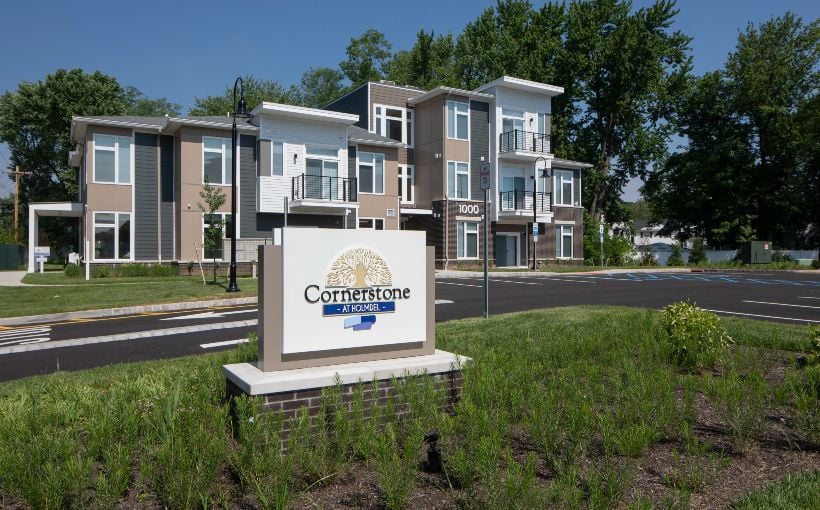Image: Innovation Quarter in Winston-Salem, North Carolina is making strides in developing major building projects, according to a recent survey by the Association of University Research Parks (AURP) and Stiletto Consulting Inc. However, experts warn that without proper funding, programming and governance these projects could fail.
In an article published by Urban Land Magazine , researchers from ULI, The Brookings Institution and the Global Institute on Innovation Districts offer suggestions for creating successful innovation districts.
One challenge facing research parks is adapting to the current hybrid work structure brought on by the pandemic. As remote work becomes more prevalent, isolated research parks are becoming obsolete. Instead, vibrant live-learn-work innovation districts are emerging as a new trend.
Additionally, traditional siloed university-based research centers are no longer effective. To ensure success in an innovation district setting there must be a clear identity with a focused mission rather than just co-locating various research buildings together.
The article offers four tips for creating thriving innovation districts:
1) Establish an authentic identity: It’s important to have a clear purpose and focus rather than simply placing buildings together hoping for success. For example,the Innovation Quarter in North Carolina focuses on regenerative medicine while The Pearl also located in North Carolina has been designed with equitable health outcomes as its goal.
2) Balance planning,funding,and governance: Strong private-sector leadership is crucial even if public capital from universities or government agencies is involved.The right funding model should include covenants for ongoing maintenance of the district including Public Private Partnerships(PPPs),governance,and overall operating costs.
3) Ensure appropriate occupiers,sites,and programs:The selection process should be intentional,making sure there’s diversity among occupants.Also key,is designing spaces that take advantage of urban locales along with attractive amenities,cutting-edge infrastructure.Professional services such as venture capital firms should also be available to attract growing organizations.
4) Consider social,economic,and environmental impacts: Leading districts are focused on making a positive impact by creating jobs,developing the workforce and providing experiential learning opportunities for students. For example,the Brooklyn Navy Yard in New York City offers an equity incubator to support businesses owned and operated by people of color. The New York Climate Exchange focuses on green economy development and climate crisis solutions.
In conclusion, innovation districts have the potential to be successful if they have a clear identity,funding model,and appropriate occupiers along with programs that make a positive impact socially,economically,and environmentally. By following these tips from experts,innovation districts can thrive as hubs for growth and progress in their communities.




